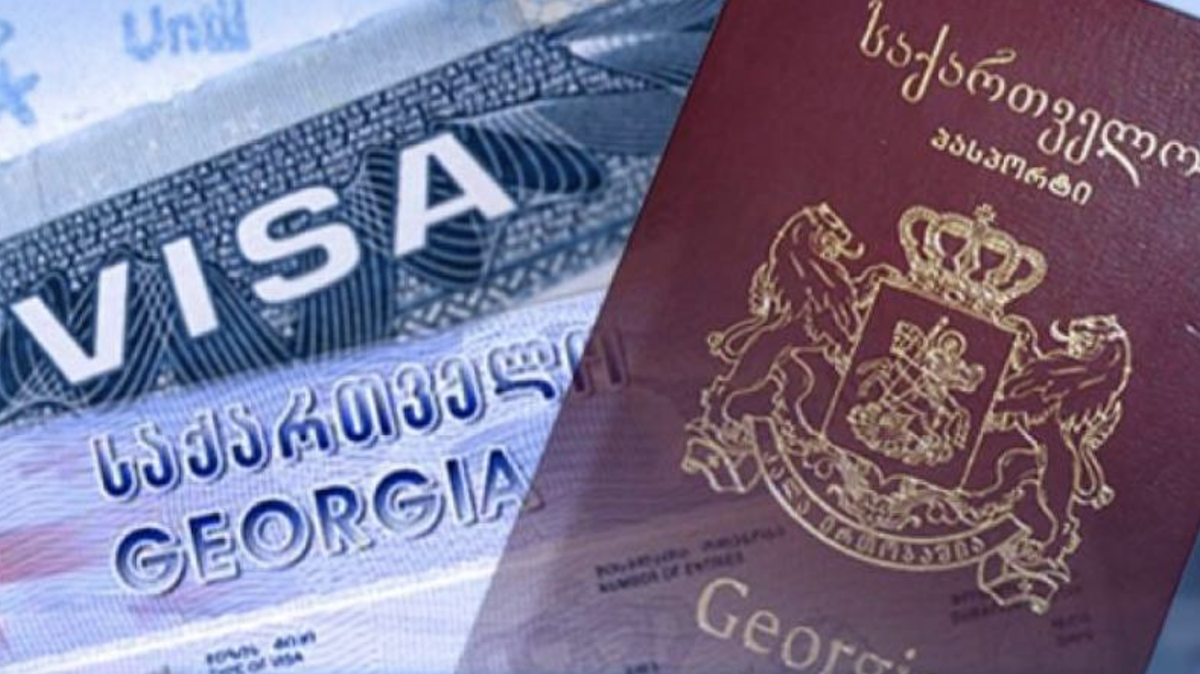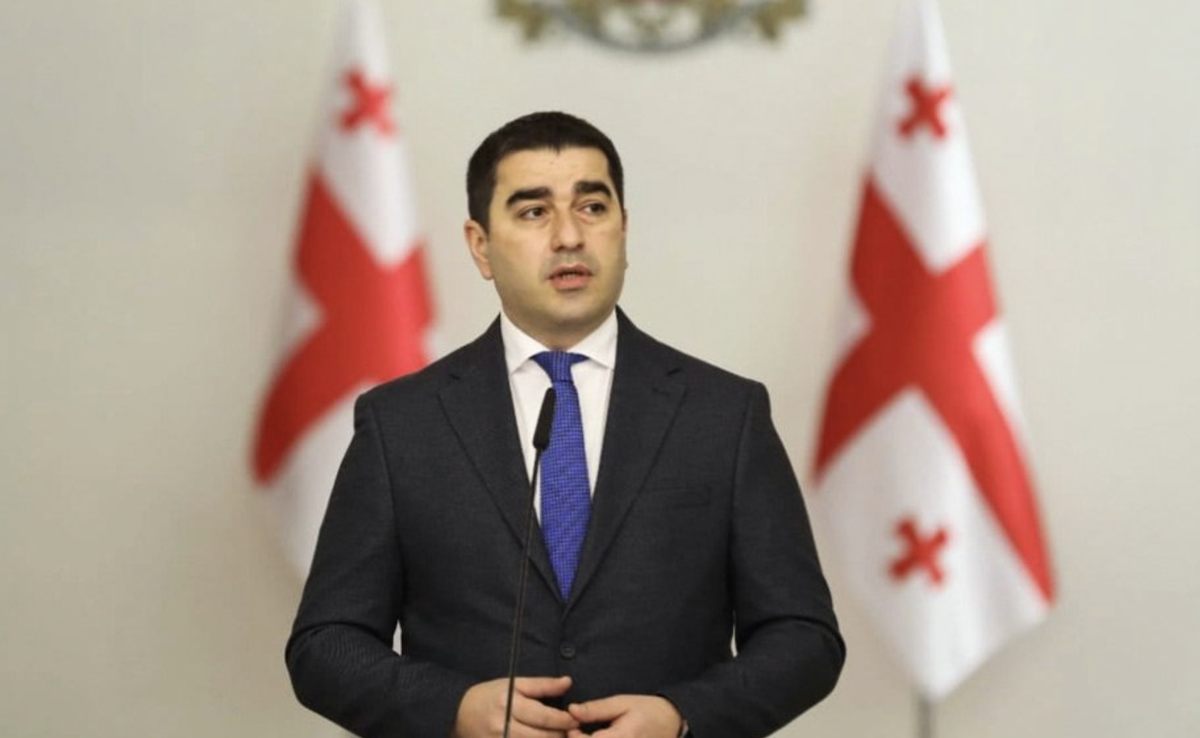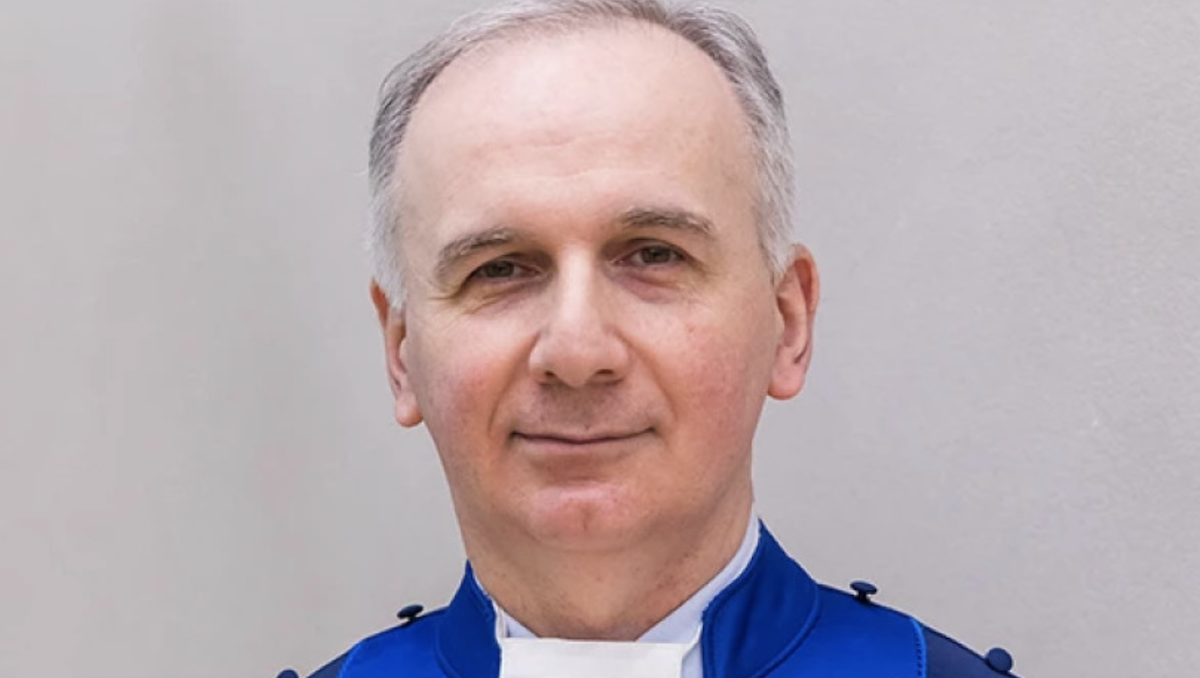Kazakhstan crisis: protests, clashes, resignations. Photo, video
Protests in Kazakhstan
Kazakhstan is hit with an unprecedented wave of mass protests. It is difficult to get reliable information about what is happening in the country right now, as on January 5, the Internet was turned off there. It is known that the protest, which engulfed several large cities, began due to the rise in gas prices, but even the consent of the authorities to lower the price and the resignation of the government did not put an end to unrest. Clashes between protesters and security forces continue. At the same time, important changes are taking place in the country’s government.
On the evening of January 5, it became known that mass protests took place in many cities of the country, as well as clashes between protesters and security officials. As far as we know, the former capital of Almaty suffered the most from the clashes – there, the protesters seized and set fire to the building of the akimat (mayor’s office), and also tried to seize the local residence of the country’s president.
According to the commandant of Almaty, on the night of January 5, 120 cars, including police and ambulances, were burned there, 120 shops and kiosks and 180 catering establishments were destroyed, and 500 civilians were injured.
Videos of police and soldiers being disarmed by demonstrators have appeared online.
The Nastoyaschye Vremya TV channel reports that the protesters have seized the Almaty airport, and the evacuation of employees is underway.
- Political crisis and pro-Russian sentiments – Ukrainian journalists assess Georgia’s political realities
- Op-ed: Turkey is searching for an ‘external enemy’
- Op-ed: Why Saakashvili came and will there be a Georgian Maidan
In Almaty and a number of other cities, the authorities imposed a state of emergency and a curfew. The Internet does not work in the country, some TV channels have stopped broadcasting. Websites of independent media outlets in Kazakhstan are not available.
Kazakh President Kassym-Jomart Tokayev made an address to the people on January 5, Kyrgyz independent publication Kloop has reported. Tokayev said that the country’s Security Council, which was previously headed by the first president of Kazakhstan, Nursultan Nazarbayev, is now headed by him.
This may indicate important political changes. Nazarbayev, who led the country for almost 30 years, resigned in 2019. But he retained the title of “Elbasy” – “father of the nation”, loyal people in many high-ranking positions and great political influence. The head of the Security Council is the only formal position that the first president has held in the government so far.
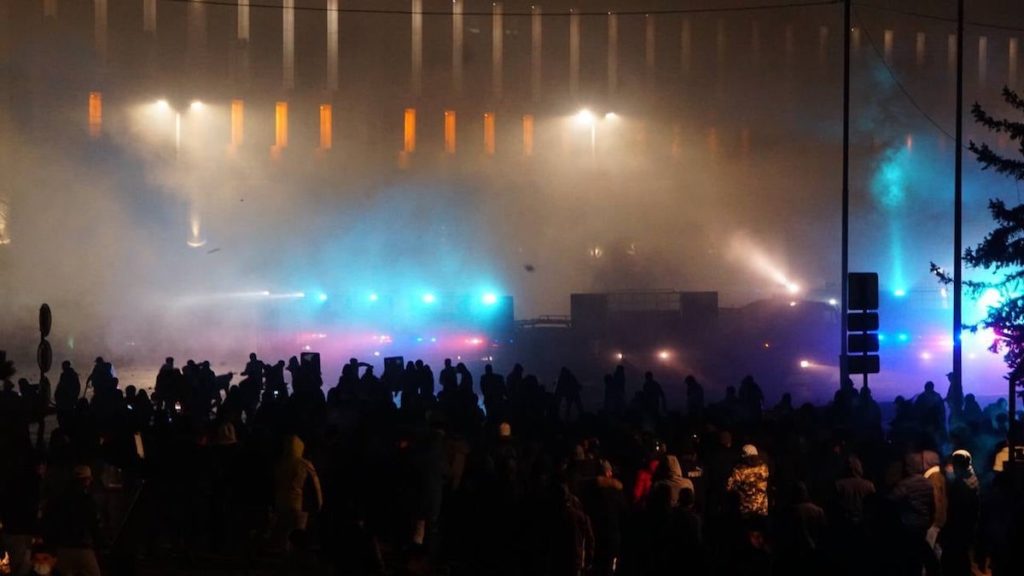
Speaking about his decision, the current president of Kazakhstan said that he is “obliged to ensure safety and peace of the citizens and care about the integrity of Kazakhstan”.
He called the protesters “conspirators” who act in an organized manner according to a carefully crafted plan.
“Therefore, as the head of state and, from today on, the chairman of the Security Council, I intend to act as tough as possible”, he said.
He also promised to come up with new proposals for the political transformation of Kazakhstan soon.
“Whatever happens, I will stay in the capital. It is my constitutional duty to be with the people. Together we will overcome this black strip in the history of Kazakhstan. We will emerge from it strong”, Tokayev said.
Protests are not accidental
The catalyst for the mass demonstrations was the everyday issue of raising the prices of liquefied gas.
Over the past few years, the inhabitants of Kazakhstan have been rapidly becoming impoverished, but in the West of the country, especially in Zhanaozen, this was especially noticeable. The city of oil and gas workers – an extremely uncomfortable place to live (either a terrible heat or a terrible cold – and. almost always, a piercing wind) – is called prosperous because of the statistically high average salaries, writes the Russian independent newspaper Novaya Gazeta.
But in fact, the salaries of most residents do not always reach $ 300 (about 130,000 tenge). Almost all motorists fill their cars with gas: it is relatively cheap – or rather, it used to be, until one moment the government decided to raise prices from 60 tenge (14 cents) to 120 tenge per litre.
Zhanaozen was the first city to take it to streets, but by the evening of January 2, the entire Mangistau region was holding a rally. The demands of the protesters, which initially were not very many – no more than 2,000-3,000 throughout the region – were exclusively economic, and it was enough to immediately respond to them for the protest to be localized and put out.
However, regional authorities ignored the situation, and President Kassym-Jomart Tokayev only responded to it late at night via Twitter: “I instructed the government to urgently consider the situation in Zhanaozen, taking into account the economic expediency in the legal field. Demonstrators must not disturb public order”.
Twitter diplomacy in communication with his people failed: the next day the number of protesters increased several times.
After all, the prices for the Mangistau region were reduced down to 85 tenge per litre, at the expense of the KazMunayGas company within the framework of the “social responsibility of business”. But it was already too late: people perceived such a concession as a mockery. Moreover, other regions joined the protest as, after all, prices were reduced only for Mangystau.
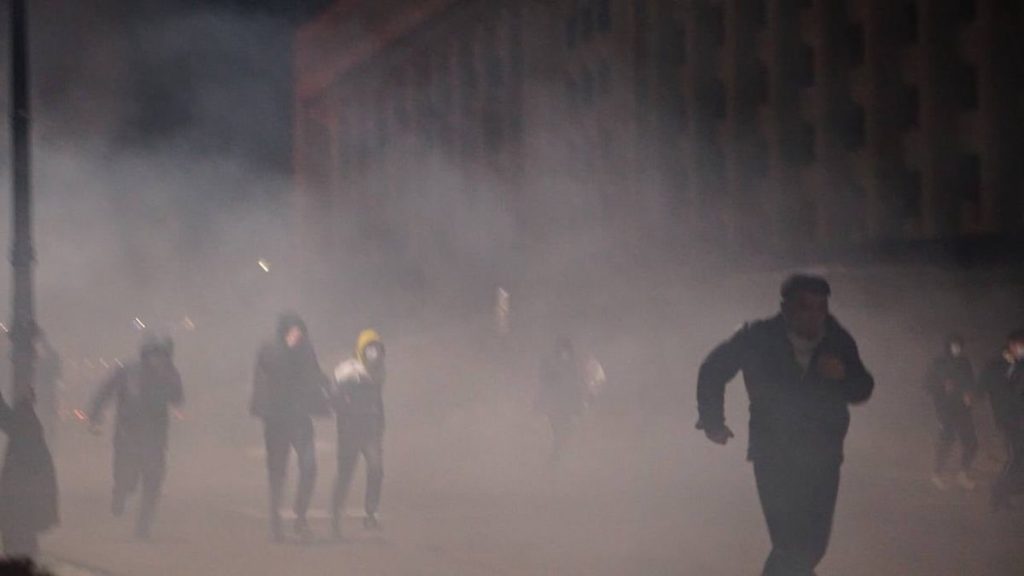
On January 4, after the Mangistau region, the neighboring Atyrau region got hit with protests. On the same day – Uralsk and Aktobe joined the series of rallies.
Slogans of the protesters also changed: all regions raised their demands and called for the resignation of the government, President Tokayev and, most importantly, the complete withdrawal from politics of the first President Nursultan Nazarbayev, whose family, according to the protesters, continues to have a key influence on the country’s politics and economy.
“Shal, ket!” calls (“Old man, go away!”) quickly replaced the original “Gas elu!” (“Gas – 50 each!”).
By the evening of January 4, the authorities had already agreed to lower gas prices to 50 tenge – but again, only for residents of the Mangistau region. From that moment on, any of the government’s actions or statements began to be perceived as excuses, and the protest completely ceased to be economic.
“Now people understand that it’s not only about the price of gas (this is already a consequence), they raise the issue in such a way that a change in the political regime takes place in Kazakhstan: so that Nursultan Nazarbayev is removed from power, and President Kassym-Zhomart Tokayev voluntarily leaves his post”, journalist and activist Lukpan Akhmedyarov, who participates in the protest in Uralsk, told Novaya Gazeta. “And so that a transitional government is formed in Kazakhstan, which will ensure normal and fair elections of local authorities, to parliament, and, accordingly, elections to the country’s leadership – such is the demand of the protesters now”.
The protest, meanwhile, has expanded, and southern regions came out with similar demands. A large group of protesters formed in Almaty, and it was there that the protest was radicalized to the maximum. The rally quickly turned into pogroms. The security forces used tear gas and stun grenades, in response, the protesters set fire to several police cars and seized the akimat (it was quickly recaptured).
At that very moment, the country’s President Kassym-Jomart Tokayev recorded a video message to the protesters.
“Power will not fall”, he said ominously, calling for “prudence” and promising that the demands of the protest “will be taken into account”.
From the night of January 5, a state of emergency was declared in the Mangistau region and in Almaty for two weeks – an unheard-of measure since the first Zhanaozen. In Almaty, military equipment was brought up to the central square, there are big problems with communication in the city. On the morning of January 5, a gathering of people was also dispersed in Uralsk with flash-noise grenades and with a large number of detainees.
On the morning of January 5, an emergency meeting was called at Tokayev’s residence to decide what to do next. The President arranged a ‘demonstrative flogging’ and dismissed the entire government, and also replaced the Secretary of State and the first deputy head of the National Security Committee (and this, by the way, was Nazarbayev’s nephew Samat Abish, he was once called one of the future successors of Elbasy). State regulation of prices for fuel and vital products has been introduced; it is now forbidden to increase tariffs for utilities.
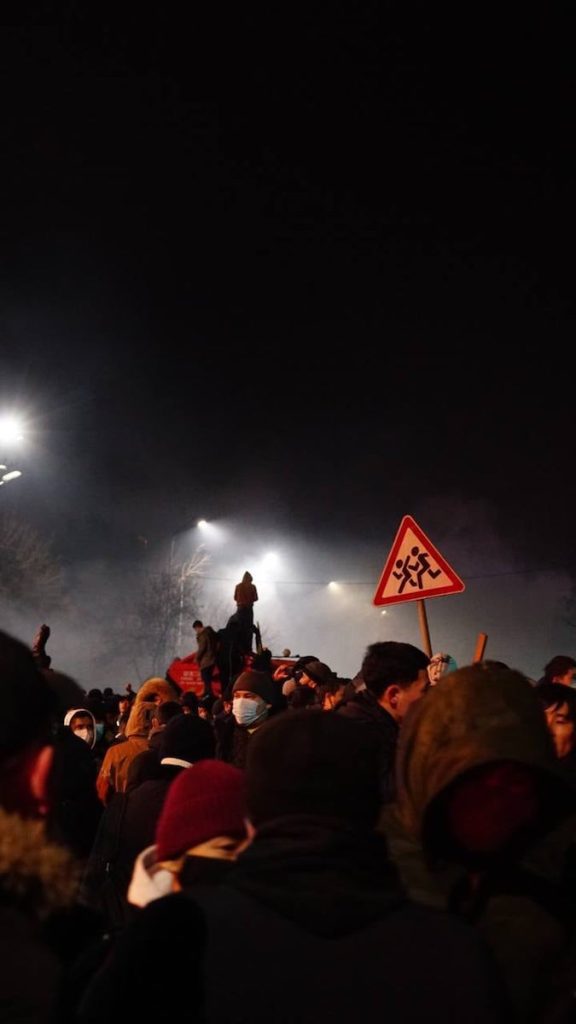
But it seems that now it is not enough for the protesters: in a number of cities, protests continue, and relations between the authorities and society have deteriorated completely. From the very morning in Almaty, large clashes between people and security officials continued, with more burnt cars and the interception of military equipment. In Aktobe, the police, on the contrary, refused to use force against the protesters, after which they went to storm the Akimat. The system starts to crack.
Why did Kazakhstan revolt?
“The Kazakhstani authorities are a living embodiment of the phrase “life teaches nothing”, writes Novaya Gazeta.
“In 2011, President Nazarbayev deliberately ignored the protest of oil workers over low salaries in Zhanaozen, and then his security forces simply shot the protesters.
In 2016, land rallies that swept across the country led to a moratorium on the unpopular foreign land lease law.
Three years later, protests of mothers with many children led to the resignation of the government”.
In all cases, it was about economic demands, but the authorities over and over again, continued to make mistakes in social policy, taking the situation to extremes. In 2022, an economic protest began in the most rebellious city in the country, and the inability to respond to it correctly led to the demand for the resignation of the entire ruling elite, the newspaper recalls.
“Kazakhstan is not Belarus, where the regime will kill and torture in order to stay in power, not Kyrgyzstan, where power collapses in an instant, and not Ukraine, where civil society is strong. Kazakhstan is going through its own transformation right now, a painful breaking away from the Soviet legacy and transformation into a new country”, writes Erika Marat, an expert on Central Asia and the post-Soviet space from the American College of International Security.
“Kazakhs took to the streets because, firstly, they were dissatisfied with the state of the economy, and secondly, they expected reforms from the new president, but never saw them”, said the BBC correspondent and expert on Central Asia Abdujalil Abdurasulov.
“After Nursultan Nazarbayev, who ruled the country for 30 years, resigned in 2019, many hoped for changes. They believed that new faces would come, that there would be more freedom”, Abdujalil Abdurasulov explained to the BBC’s Ukrainian service.
But the new president was a man from Nazarbayev’s entourage, the then speaker of the Senate, Kasym-Zhomart Tokayev. One of his first steps was to rename the capital of Astana to Nur-Sultan in honor of the previous president.
“It was a signal that the whole system that Nazarbayev built will continue to live. Over the three years of Tokayev’s rule, no reforms have happened. And people are very disappointed with this”, the BBC correspondent said.
Whatever the eventual end of the protest ( the largest in the history of independent Kazakhstan) will be, it is obvious that this is a big blow to the legitimacy of the entire ruling regime.
“A large part of society is very poor. Therefore, serious reforms are needed – both in politics and in the economy. Will the current authorities and protesters come to this? I’m not sure. Most likely, Kazakhstan will move along the path of permanent conflicts and crises, will gradually move towards a change in political leadership and serious political reforms”, Kazakh political scientist Dimash Alzhanov explains to Novaya Gazeta.
“In an authoritarian country, it is practically impossible to carry out political reforms from above, since the political leadership has no incentives to do this, and, as a rule, the political system at some point comes to a crisis. If you look at what happened in other post-Soviet countries with a similar authoritarian model of government – Ukraine, Moldova, Georgia, Kyrgyzstan – the trajectory is clear: the authoritarian model comes to the impossibility of reforming itself, there are certain unrest in the country, then the power changes, and society gets the opportunity to move on. Kazakhstan is in approximately such a vicious circle”, Alzhanov said.












